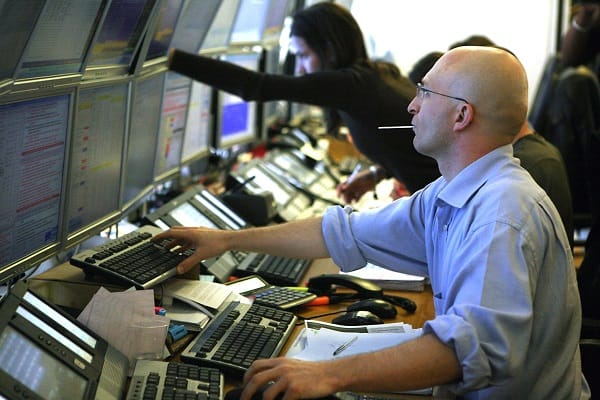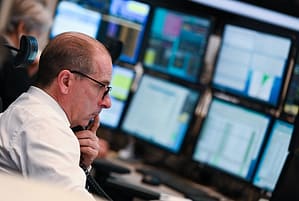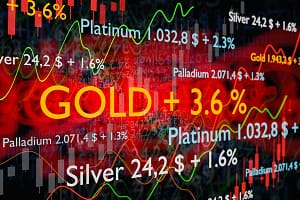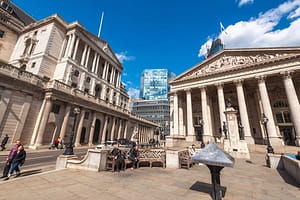Investment platform Saxo explain the economic conditions plaguing the UK
The UK’s economic struggles have been affecting consumers for the past few years amid spiralling levels of inflation and a high cost of living, with many experts believing we’re heading toward a period of stagflation – but what does that mean?
The term refers to the state of the economy during a period where there is both high inflation and low economic growth. As a result, this can directly impact consumers as they experience higher costs and can be faced with unemployment, as the Bank of England faces the challenge of trying to restore the economy to a level of normality.
Investment platform Saxo have answered the key questions on the topics for consumers who may better want to understand the current situation, what it means for them and what the future could hold.
What is stagflation?
“Stagflation is an oft-unknown term referring to an extremely rare economic crisis that results from an unusual combination of high inflation and low economic growth. It is thought that Iain Macleod, a British politician, first coined the term in a speech to Parliament in 1965 during a difficult time of unemployment and high inflation in the UK.
“Saxo’s Chief Investment Officer Steen Jakobsen believes there will be ‘stagflation light’ in the near future, and that this might act as a reset of the global economy. After this (expected) period of Stagflation Light, perhaps there will even be an opportunity for a new economic era where the focus should be on the real challenges: better and cleaner energy, a bigger real economy, and much better education and social policies.”
What could stagflation lead to?
“At Saxo, we do not believe in a stagflation like the 1970s, hence the “light” definition, but more of a period of low growth combined with an uptick in unemployment rate and sustained inflation rate around 4% annualised.
“However, if this turns into full stagflation, it could cause unprecedented damage to the global economy that may last for years. As inflation continues to make the costs of living rise and interest rates climb, companies and families will have an increasingly higher price to pay for their debts.
“This could lead to widespread bankruptcy and default, and, inevitably, loss of jobs. We are already seeing an increase in the weight of the debt burden in rising interest rates for credit cards, mortgages and new car loans.”
What does stagflation affect the most?
Peter Garnry, Saxo’s Head of Equities, said, “During periods of stagflation, sectors such as health care, consumer staples, utilities, and energy do well, while sectors such as industrials, real estate, financials, and technology do poorly.”
Subsequently, it results in bad news for buyers as a rise in the cost of raw materials means construction becomes more expensive, resulting in house prices going up in line with inflation.
When will stagflation end?
“Unfortunately, there is no silver bullet that will make stagflation disappear by pushing a button. The two main factors (low economic growth and relatively high inflation) are interdependent.
Raising interest rates should be good for bringing inflation down but negative for economic growth. Lower interest rates would be good to give economic growth a boost but might put upwards pressure on inflation. The path that should get us out of this scenario would be increased productivity.”
Essentially, this means that productivity levels would need to result in higher growth without prompting increases in inflation. More productivity prevents increases on costs of labour which ultimately eases the pressure on rising prices overall.





Leave a Comment